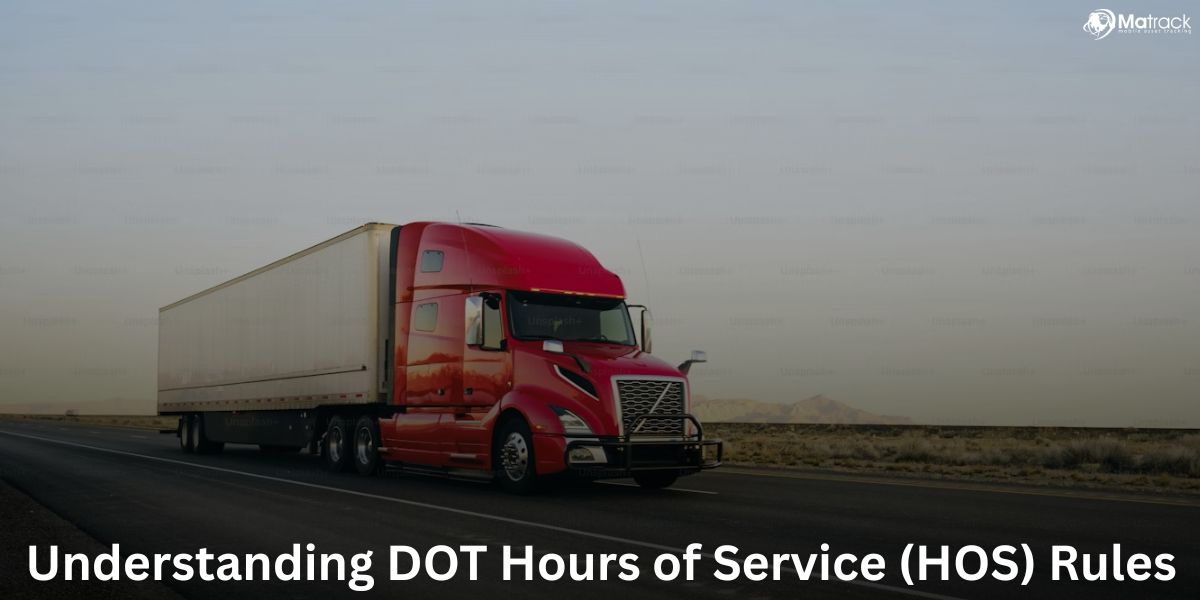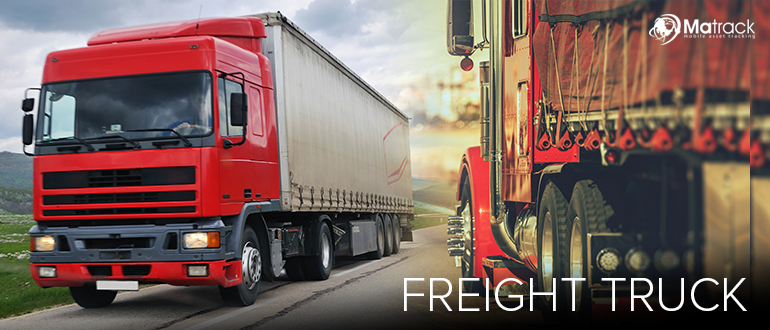Key Takeaways:
- Tri-axle truck is a heavy vehicle with one front axle and three rear axles designed for higher load capacity and weight balance.
- It comes in dump, mixer, flatbed, and hooklift types used in construction, waste, and transport industries.
- Key features include a liftable third axle, reinforced chassis, air suspension, and high-powered diesel engines.
- Tri-axle trucks offer higher payload capacity, better road compliance, and improved fuel efficiency with proper safety and maintenance.
What Is a Tri-Axle Truck?
A tri-axle truck is a heavy vehicle with one front steering axle and three rear axles. The three rear axles increase load capacity and spread the weight more evenly.
Two of the rear axles stay on the ground, and one can lift when the load is light. This setup improves weight handling and reduces strain on each axle.
Types Of Tri-Axle Truck
Tri-axle Dump Truck
Tri-axle dump truck hauls loose material like gravel, sand, or asphalt. It’s built for tough tasks like clearing construction sites and preparing roads.
Tri-axle Mixer Truck
Tri-axle mixer truck mixes concrete while moving and keeps it ready for pouring. Its axle setup balances the load of the heavy drum and keeps everything steady.
Tri-axle Flatbed Truck
Tri-axle flatbed truck carries big, heavy items that don’t fit in enclosed spaces. Those extra axles help it follow weight rules while hauling wide or tall cargo.
Tri-axle Hooklift Truck
Tri-axle hooklift truck is used to load and drop off big containers in places like landfills or recycling centers. It’s flexible and often used by city services and waste crews.
Key Features of a Tri-axle Truck
Axle Group
Two rear axles power the truck, giving it strong traction for heavy loads. A third axle lifts when it’s not needed, helping with weight rules and saving fuel.
Chassis and Frame
Chassis and frame holds the cab and body in place, built tough to handle pressure. It stays firm even when the truck is fully loaded.
Suspension System
Shock from rough roads is absorbed here, keeping the truck steady. Air ride suspension is often used to balance weight more evenly.
Powertrain
Power flows from the engine to the back axles, moving the truck forward. Most engines are large diesel types, built for high strength and long runs.
3 Axle Truck Dimensions and Specifications
| Feature | Value |
| Total Axles | 4 |
| Rear Axles | 3 |
| Payload Capacity | 50,000–80,000 lbs |
| Engine Power | 400–600 HP |
| Fuel Type | Diesel |
| Common Length | 26–34 feet |
| Transmission | 10–18 speed (manual/auto) |
| GVWR | Up to 80,000 lbs (without permit) |
What Are the Benefits of Tri-axle Trucks?
Increased Load Capacity
Adding a third axle increases the payload capacity by 8,000 to 12,000 pounds compared to a tandem axle truck. This allows the vehicle to move the same material with fewer trips.
Improved Road Compliance
More axles help meet legal weight limits set by different states and provinces. This makes the truck usable for more routes without needing extra permits.
Better Fuel Economy
When the truck is empty, the lift axle stays up, so there’s less drag from the tires. That small change can save fuel up to $2,000+ per vehicle annually.
Reduced Road Wear
Extra tires spread the truck’s weight over a larger area. Roads stay in better shape, and tire life increases as pressure is shared more evenly.
Higher Safety and Control
More axles give the truck stronger braking and smoother turns. On adverse driving conditions, it holds steady and reduces the risk of tipping.
Where Are 3 Axle Trucks Used?
3 axle trucks serve in industries with high-volume or long-haul transport needs.
Construction
Used to haul:
- Gravel
- Asphalt
- Demolition material
Examples: Dump trucks, concrete mixers
Agriculture
Moves:
- Grain
- Fertilizer
- Livestock feed
Lift axles help trucks return light after offloading.
Mining
Carries:
- Raw ore
- Crushed rock
- Tailings
Axle strength resists impact from sharp terrain.
Forestry
Transports:
- Logs
- Wood chips
- Tree stumps
More axles stabilize tall, uneven loads.
Road Maintenance
Used in:
- Snow removal
- Asphalt distribution
- Pavement recycling
Public works fleets favor tri-axles for their control and volume handling.
Top 5 Maintenance Tasks
Inspect Tire Pressure Weekly
Check tire pressure once a week to avoid uneven wear and poor fuel use. Proper pressure keeps the load balanced and the ride smooth.
Check Axle Alignment Monthly
Misaligned axles cause tire damage and handling issues. A quick monthly check helps the truck stay stable on the road.
Monitor Lift Axle Functionality Biweekly
Make sure the lift axle raises and lowers at the right time. This protects the axle system and ensures legal load compliance.
Service Brake Chambers Every 10,000 Miles
Brake chambers control stopping power and must work correctly. Servicing them on schedule prevents failures and keeps braking safe.
Grease Bearings Every 15,000 Miles
Bearings reduce friction and keep axles running smoothly. Apply grease every 15,000 miles to prevent overheating and part damage.
Compliance and Regulations
Tri-axle trucks must meet weight and spacing laws outlined by the Federal Bridge Formula and provincial transportation codes.
Axle Load Limits (U.S.)
| Axle Group | Weight |
| Steer Axle | 12,000 lbs |
| Tri-axle Group | 42,000 – 48,000 lbs |
| GVWR | 80,000 lbs (without permit) |
Axle Load Limits (Canada – Ontario)
| Axle Group | Weight |
| Tri-axle Group | 50,000 – 53,000 lbs |
| Gross Combination Weight | Up to 120,000 lbs (with permit) |
Lift axles may be required to automatically deploy based on load sensor readings.
Tri-axle vs Other Axle Configurations
Tri-axle vs Tandem Axle
- Tri-axle carries 8,000–12,000 lbs more.
- Tandems turn tighter and cost less.
- Tria-xles outperform in heavy-load applications.
Tri-axle vs Quad Axle
- Quad axles carry the most weight.
- Tri-axles offer better maneuverability.
- Quads require more permits and complex maintenance.
For mid-to-heavy jobs, 3 axle trucks offer the best balance between weight and flexibility.
Cost of a Tri-axle Truck
Buying a new tri-axle truck costs $180,000–$250,000, depending on engine, axle rating, and body type. Custom bodies or add-ons like plows or cranes increase the price.
Additional Costs:
- Insurance: $10,000–$15,000 per year
- Maintenance: $0.12–$0.18 per mile
- Tires: $300–$600 per tire (minimum 10–12 per truck)
Used tri-axles can cost $90,000–$150,000, depending on condition.
Also Check: How much does a semi truck cost?
Environmental Impact
Tri-axle trucks help lower carbon emissions by reducing the number of trips needed for large loads. Lift axles cut rolling resistance, and fewer idling hours reduce unnecessary fuel burn.
Using low-rolling-resistance tires, electronic axles, and ELD devices further improves fuel economy and tracking. GPS fleet trackers help plan efficient routes, reduce engine idling, and monitor driver behavior.
Fleet operators can boost environmental compliance by:
- Installing DEF systems
- Using synthetic lubricants
- Applying idling controls and smart lift axle sensors
- Integrating ELD and GPS tracking systems
Safety Tips For Tri-Axle Trucking Companies
Tri-axle trucks carry heavy loads and require careful handling under varied road and weather conditions. These safety practices help companies protect drivers, reduce accidents, and stay compliant with transport laws.
1. Pre-Trip Inspection
Perform a pre-trip inspection every day before operation. Check tires, brakes, suspension, lights, and axles to detect wear, leaks, or damage early.
2. Monitor Load Distribution
Keep the load balanced across all axles to avoid shifting during motion. Uneven loads increase rollover risk and damage structural components.
3. Lift Axle Operation
Train drivers on when and how to activate the lift axle. This prevents improper weight distribution and ensures legal road compliance.
4. Speed Limit Awareness
Always follow the posted speed limit, especially when fully loaded. Driving too fast increases braking distance and frame stress on rough surfaces.
5. Compliance with Regulations
Follow all DOT, FMCSA, and provincial trucking laws regarding axle weights, logbooks, and emissions. Use ELDs and digital logs for documentation.
6. Weather Condition Alerts
Monitor routes for snow, ice, or high winds before departure. Tri axle trucks require stable traction, especially when climbing or descending grades.
7. Backing and Turning Safety
Teach drivers proper backing techniques and wide-turn execution. Tri-axle trucks have extended wheelbases and limited rear visibility.
8. Licensing and Certification
Drivers must hold updated CDL licenses with endorsements as required. Periodic retraining ensures they understand safety systems and load management.
9. Driver Fatigue Management
Implement strict driver fatigue management by enforcing rest breaks and tracking driving hours. Fatigue reduces focus, delays reaction time, and causes preventable collisions.
10. Following Distance Control
Maintain a safe following distance between the tri-axle truck and vehicles ahead. A loaded truck needs much more space to stop without skidding or rear-ending.



